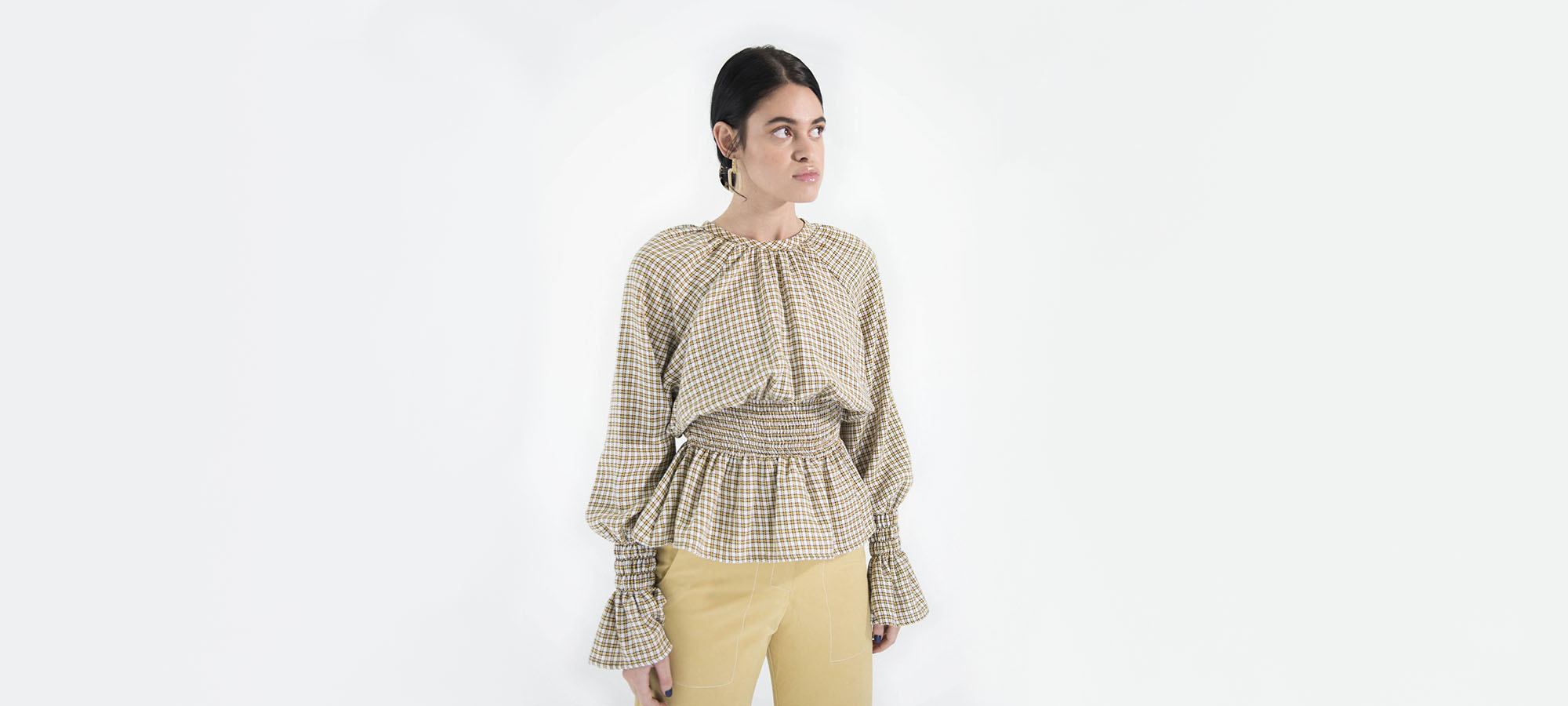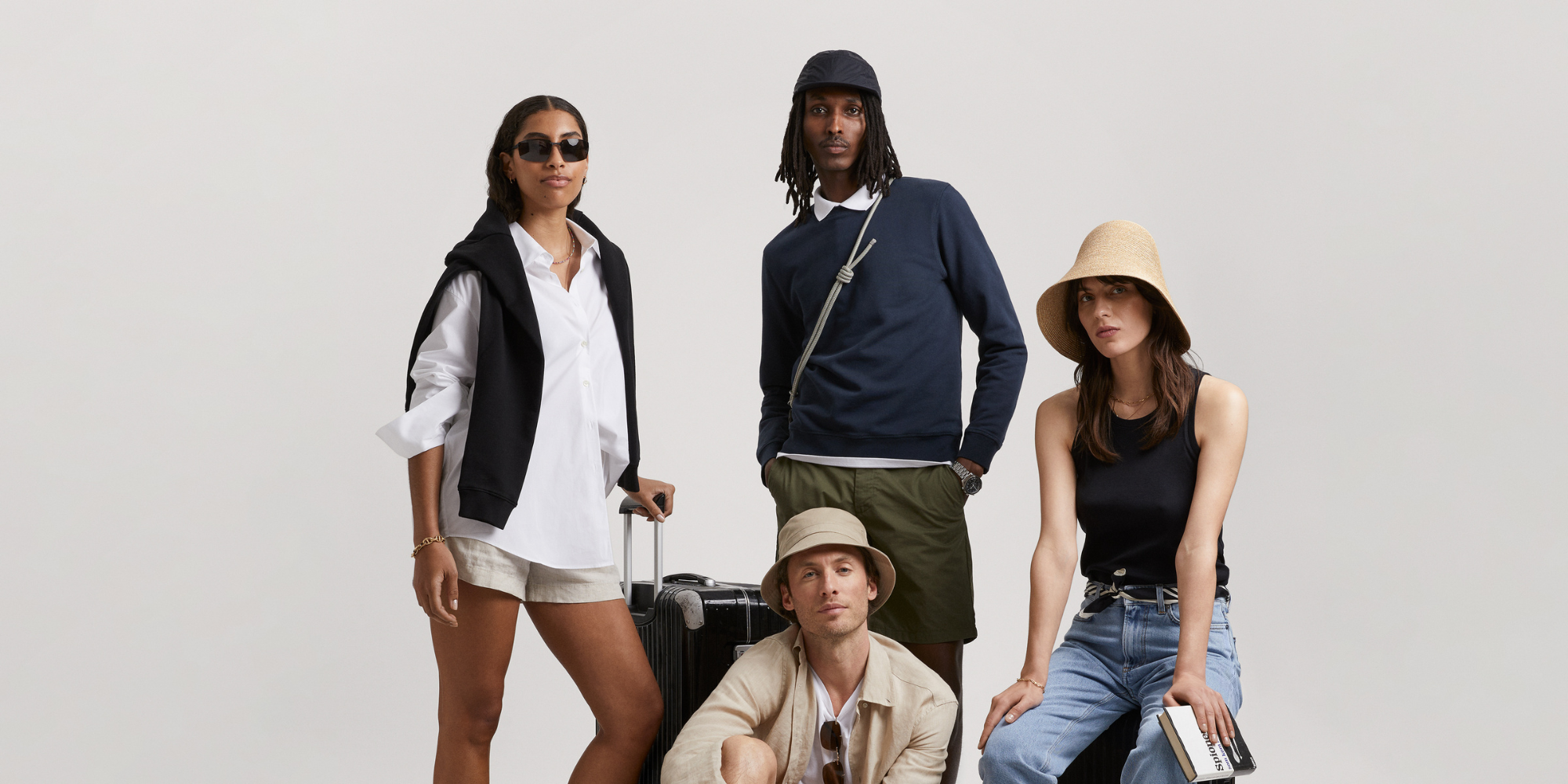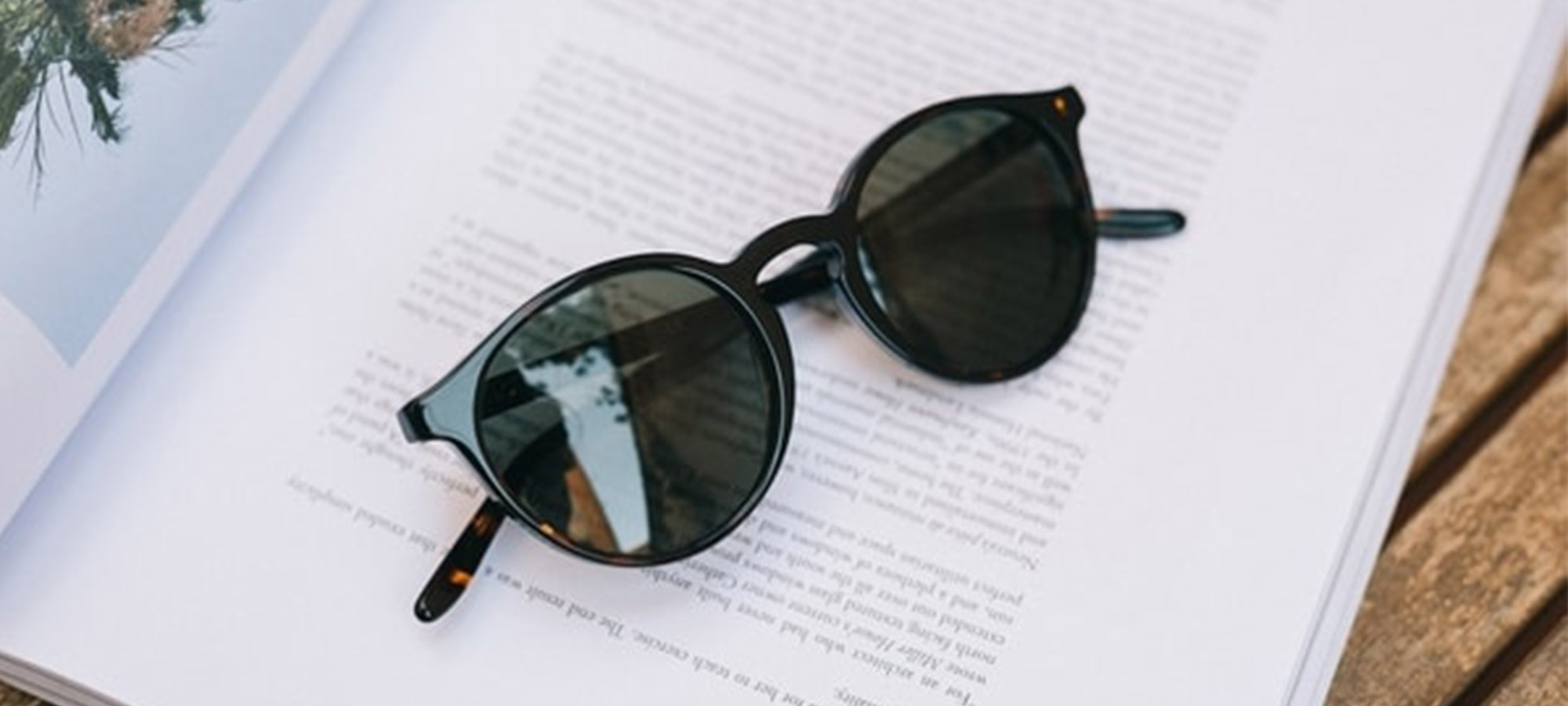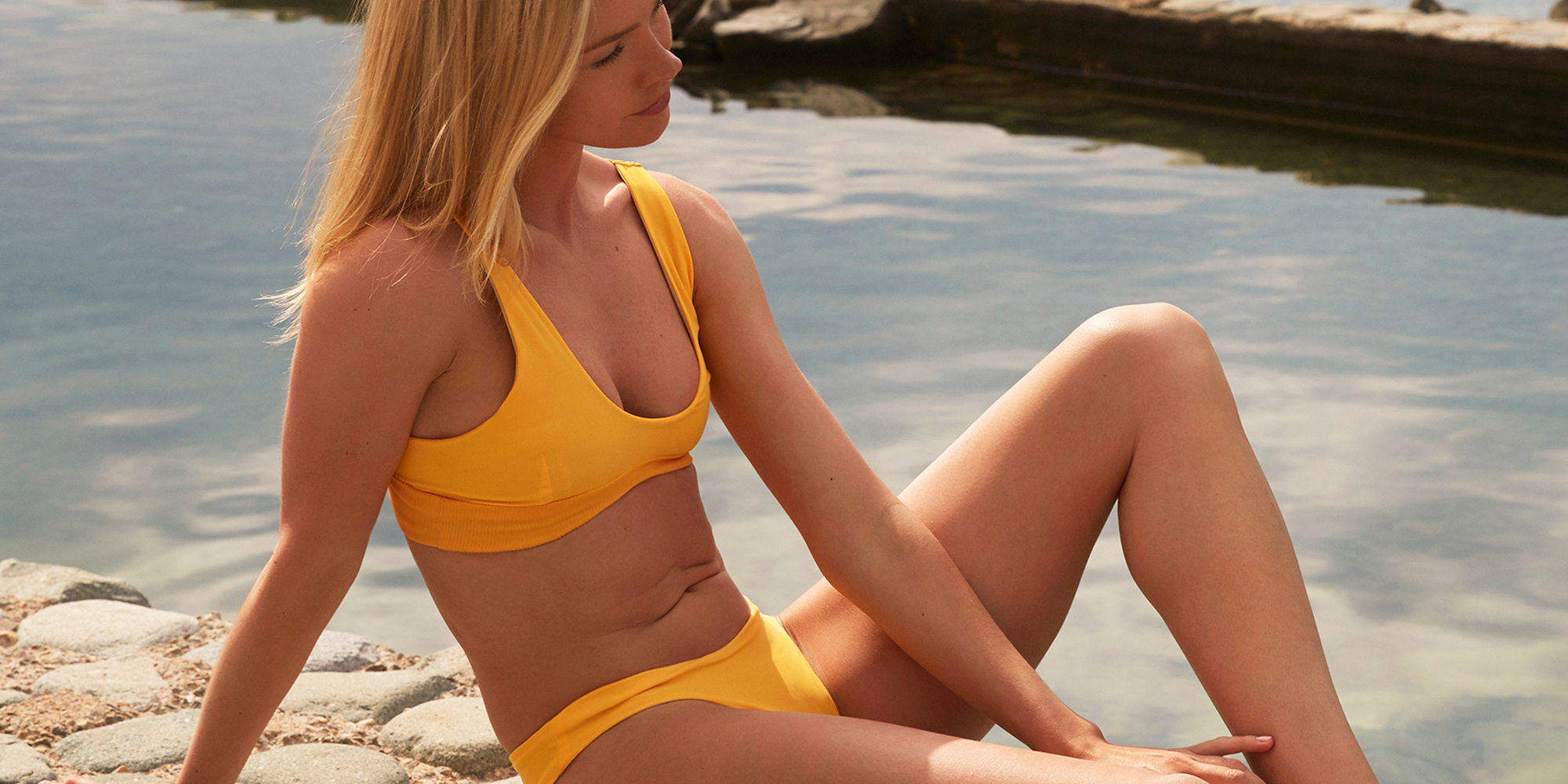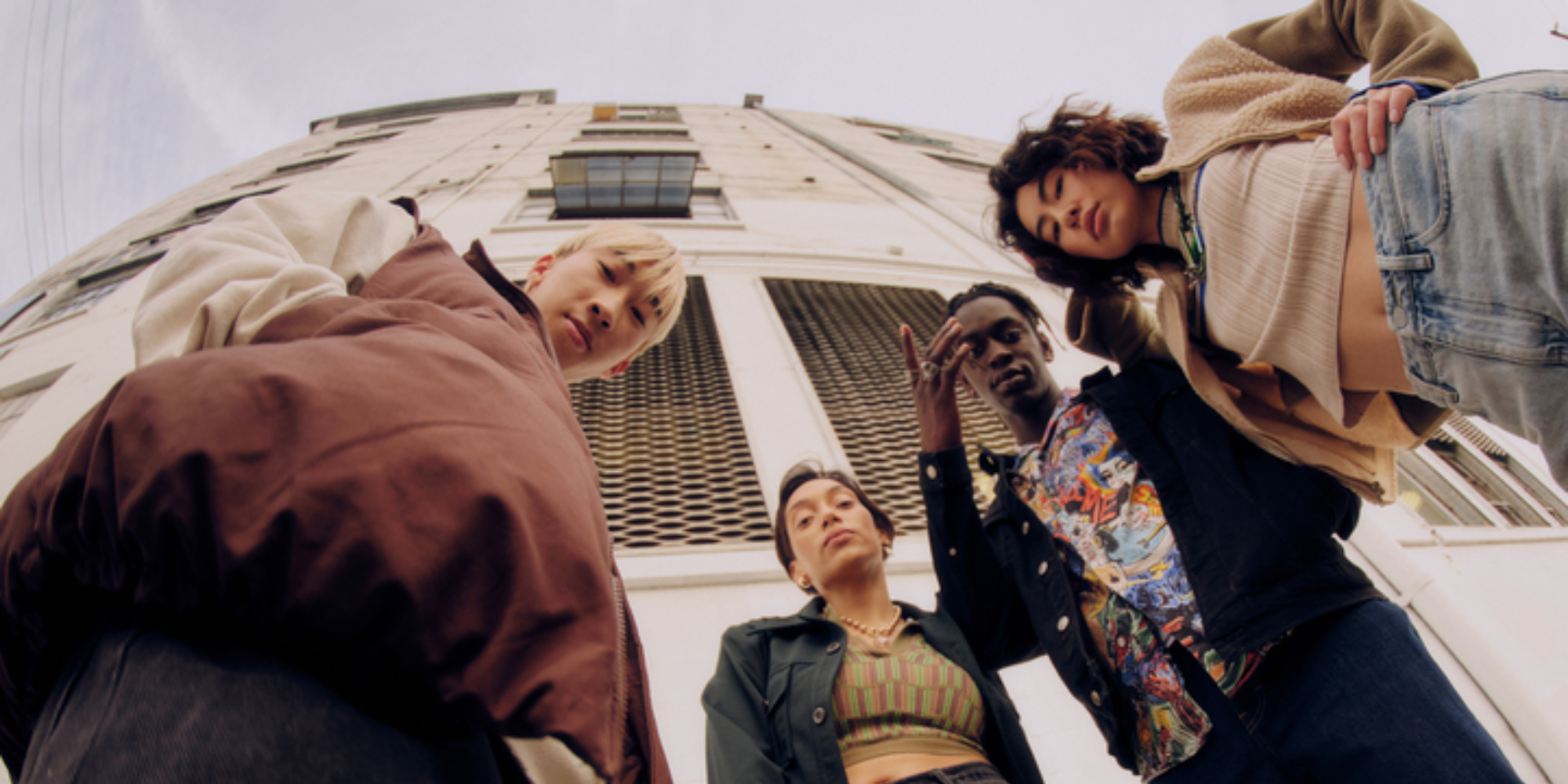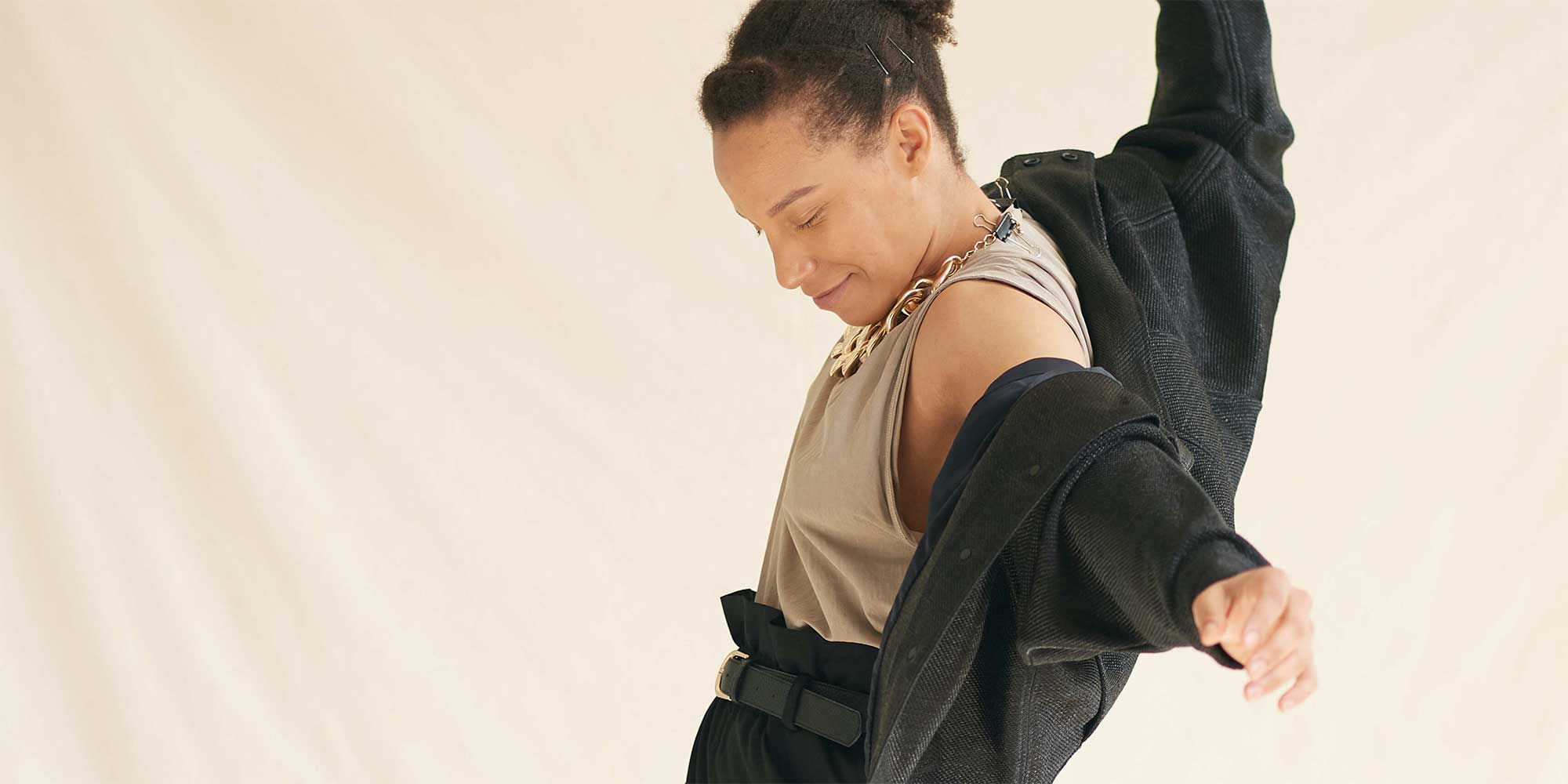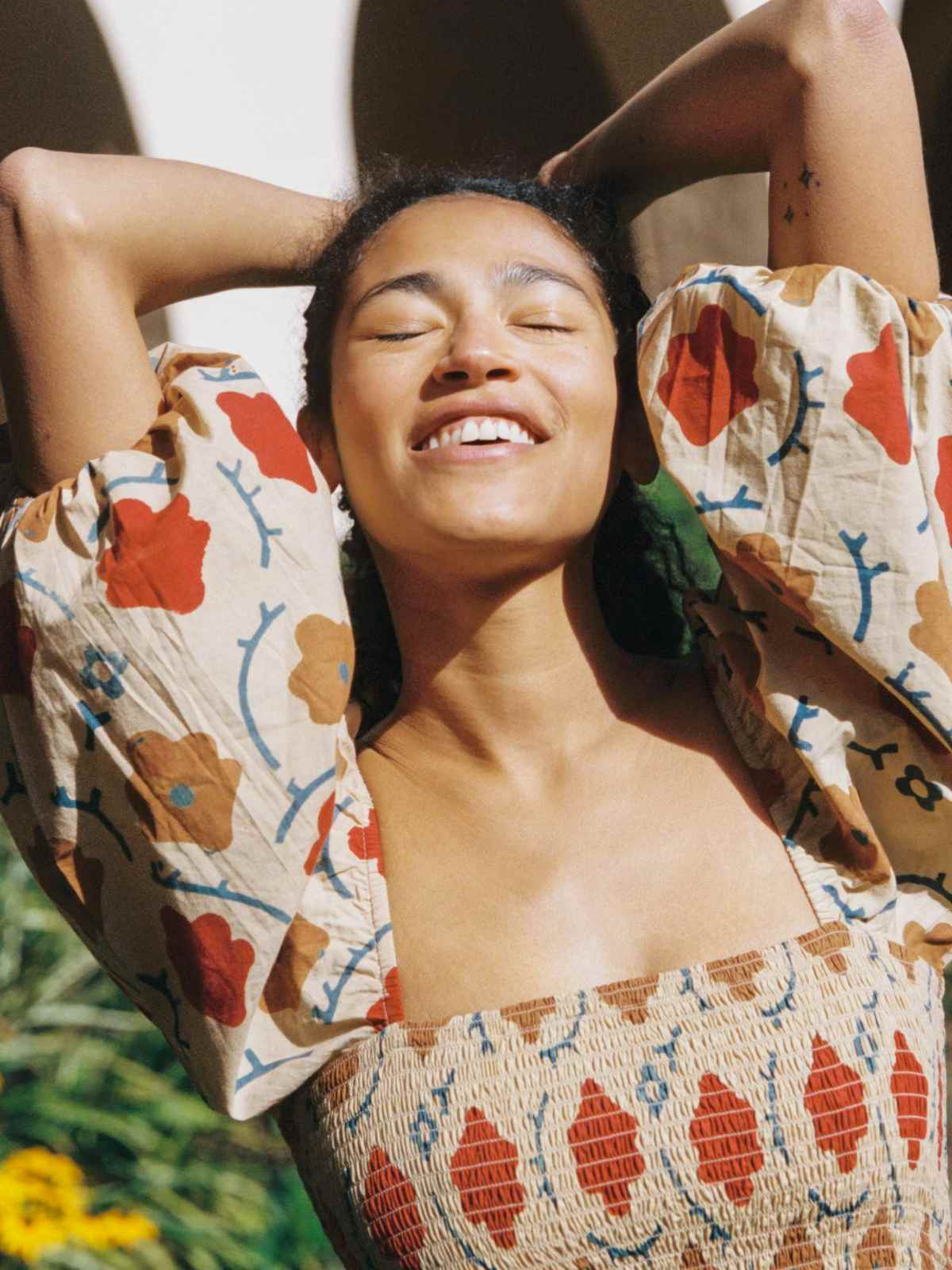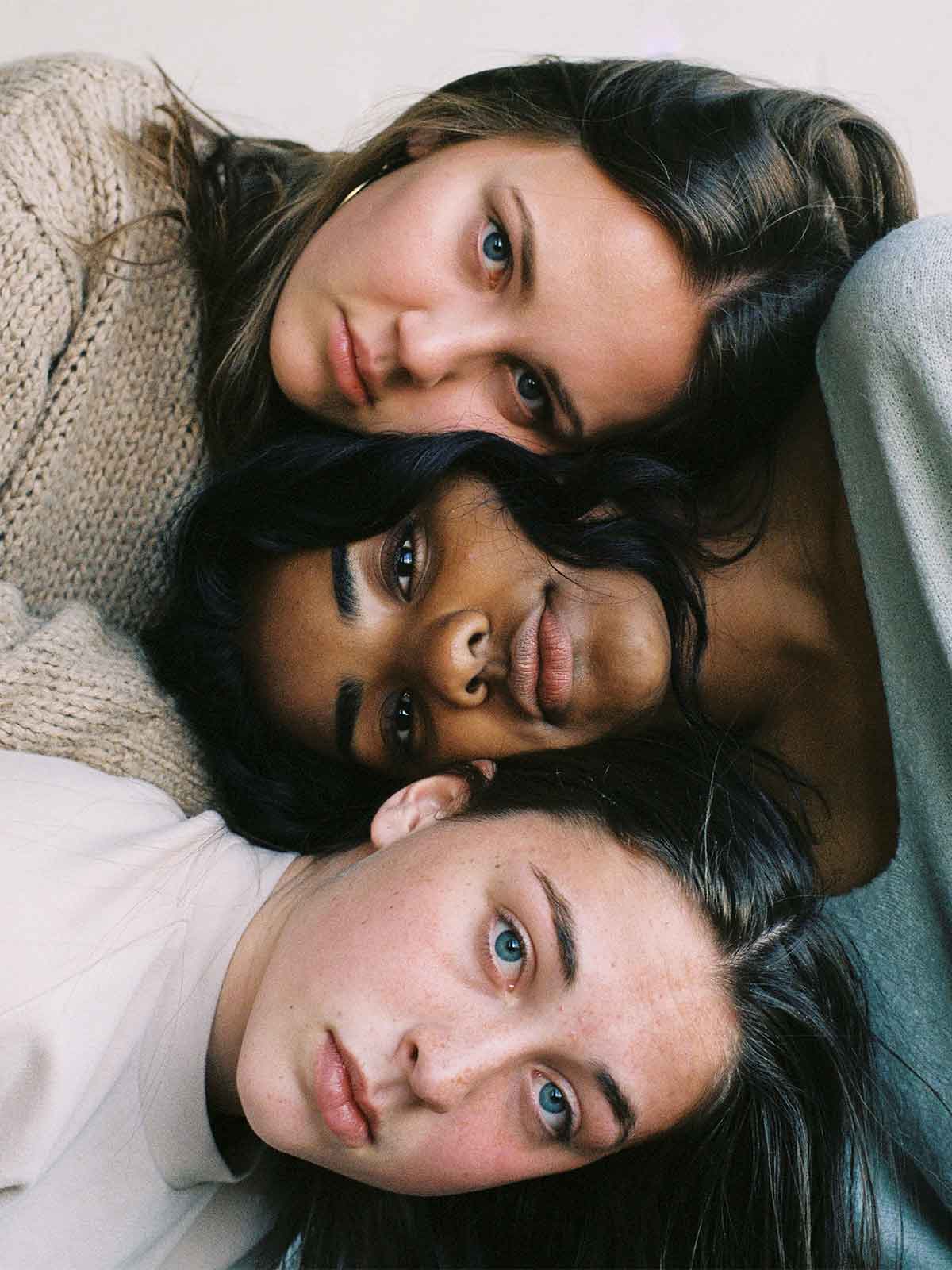Our editors curate highly rated brands that are first assessed by our rigorous ratings system. Buying through our links may earn us a commission—supporting the work we do. Learn more.
What exactly does slow fashion entail? Slow fashion is an awareness and approach to fashion that carefully considers the processes and resources required to make clothing, and focusses on timeless, high-quality designs over trend-driven pieces destined for the landfill after a few wears.
What is slow fashion?
There are countless terms in the sustainable fashion sphere, and it’s easy to get overwhelmed—especially when some of them seem to blur together. So what is “slow fashion” exactly, and how is it different from sustainable fashion? We’re here to tackle the term for you and explain why slowing fashion down is crucial for a fashion industry that leaves a lighter footprint for generations to come.
Put simply, slow fashion is the opposite of fast fashion. It encompasses an awareness and approach to fashion that carefully considers the processes and resources required to make clothing. It advocates for buying better-quality garments that will last longer, and values fair treatment of people, animals, and the planet along the way.
Realistically, slow fashion and sustainable or ethical fashion have a lot of similarities. They are sister movements and follow the same general guidelines. The main difference with slow fashion is that it hones in on reducing consumption and production more specifically, harkening back to the pre-fast fashion era of our grandparents when clothing was a long-term investment rather than a throwaway hobby.
The beginnings of slow fashion
The past decade or so has seen a wave of change sweep through the fashion industry. An increasing number of brands are rejecting the principles of fast fashion and opting for a more sustainable approach to making clothes.
The term slow fashion came about quite organically. It was coined by Kate Fletcher of the Centre for Sustainable Fashion, following the phenomena of the slow food movement. As with the slow food movement, Fletcher saw a need for a slower pace in the fashion industry.
Slow fashion opposes the fast fashion model that emerged around 30 years ago, in which clothes became cheaper, and trend cycles sped up. And despite ongoing sustainability efforts to close the loop in fashion, ultra fast fashion brands like SHEIN are pumping out an alarming amount of poorly-made new styles every day. It’s clear that this philosophy is a necessary part of the movement as a whole.
Slow fashion becomes a movement
Pre-Industrial Revolution, garments were locally sourced and produced. People would buy durable clothing that could serve them for a long time or make their own from the textiles and resources available to them. Clothing reflected the place and culture of the people wearing them.
Modern-day slow fashion has seen a re-emergence of some of these old ways. Initially, it asks us to take a step back and decide if we really need something new, or if we can shop our closet for some forgotten piece that maybe just needs a small repair. It then encourages us to buy fewer garments less often, and opt for second hand when we can. When it comes to buying new, instead of purchasing six cheap polyester tops that will unravel after one or two wears, for example, conscious consumers invest in higher quality pieces. They will be made from more sustainable processes and lower-impact fabrics that emphasise the art of clothes making and celebrate the skills of craftspeople, like one or two organic cotton or linen tops you know will last for years to come. Finally, slow fashion asks us to stop treating our clothes as disposable, and to make an effort to repair, upcycle, pass along, or responsibly dispose of them when they no longer serve us.
Slow fashion has seen increasing support in the last few years as consumers demand higher sustainability and ethical standards. As research shows, 19% of the top fast fashion-related searches are linked to the environment, ethics, and sustainability. As awareness and popularity increases, the planet and all its inhabitants are set to benefit from this slower and more considered approach to fashion.
Some characteristics of a slow fashion brand
- Made from high quality, lower-impact materials like linen
- Garments are more timeless than trendy
- Often sold in smaller (local) stores rather than huge chain enterprises
- Locally sourced, produced, and sold garments
- Few, specific styles per collection, which are released twice or maximum three times per year, or a permanent seasonless collection
- Often made-to-order to reduce unnecessary production
Staple slow brands
These brands implement fair practices for their environmental, ethical, and animal impacts and are great starting points if you are looking for some slow fashion staples.






